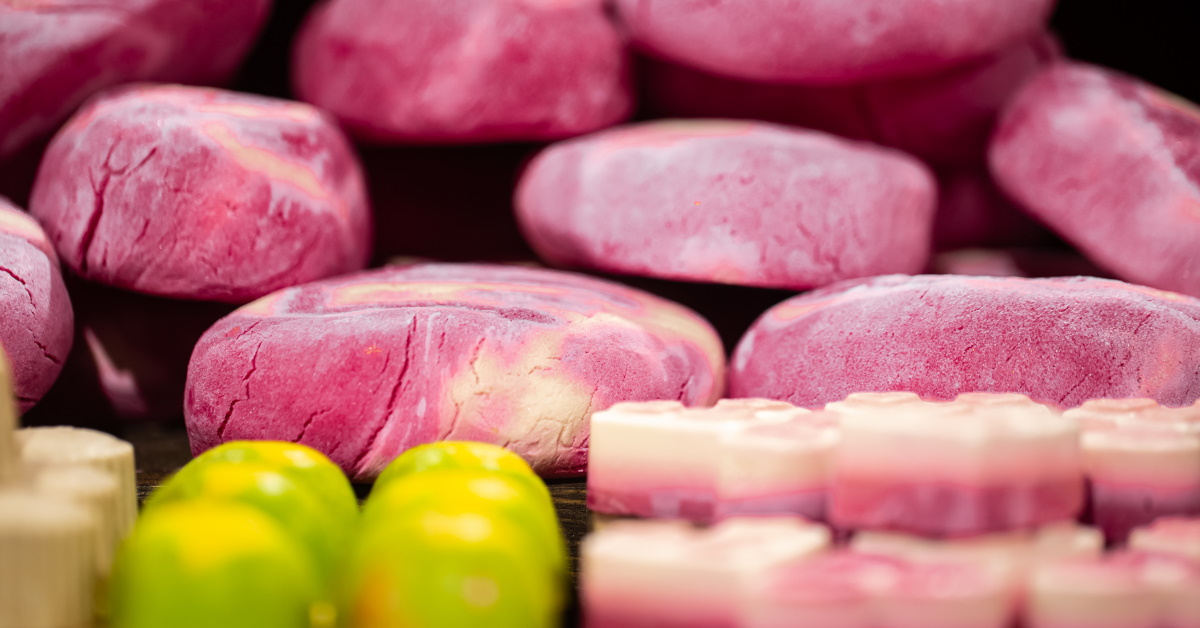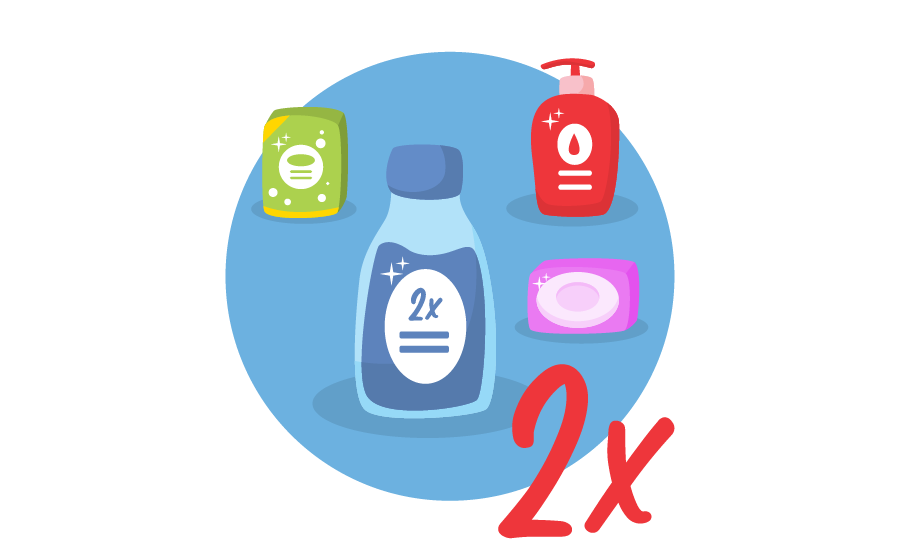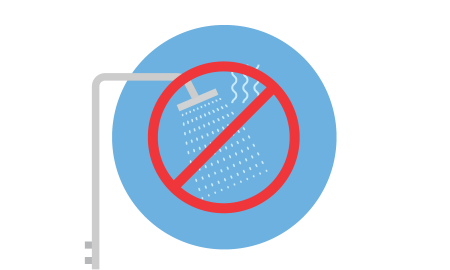Solid Cosmetics
20
Aug

In the cosmetics industry, we are used to seeing one trend give way to the next. However, the sustainability and naturalness trend is proving persistent, and has even grown over the recent years out of its niche to become a megatrend that is here to stay. The conscious selection of raw materials in consideration of environmental and ethical criteria is becoming increasingly important even for manufacturers of conventional cosmetics.
The main drive behind this change is the end consumers. Increasingly, consumers are recognizing the negative impact of global warming and want to do something about it. The young generation, in particular, is drawing worldwide attention to the climate problem with protest movements like “Fridays for Future” and setting an example, which the cosmetics industry hears loud and clear.
What is meant by solid cosmetics & what inspires consumers to buy them?
Solid cosmetics refers to products that are almost, or entirely, free of water. They can be found in practically all areas of cosmetics now, for example skin care and cleansing, hair and dental care, and even decorative cosmetics.
Solid cosmetics fit perfectly into the abovementioned megatrend of sustainability and naturalness, and can be seen as a subtrend in this area.
With solid cosmetics we save the consumption of water, one of our most precious resources, and at the same time reduce the weight of shipping, which in turn has a positive effect on the CO2 balance. Furthermore, in many cases, selling solid cosmetics eliminates the need for individual packaging, out of plastic for example, and the products can be easily stored in reusable containers at home. Nowadays, every child knows that plastic packaging of consumer goods is a problem for the environment. This is because plastic does not decompose, but instead erodes into ever smaller particles. Consequently, every bit of plastic that has ever been produced and has not been incinerated is still out there somewhere in the world – be it on land, in the oceans, in rivers, or in garbage dumps.
The environmental benefits often go hand-in-hand with advantages in the choice of raw materials: many of the raw materials for solid cosmetics satisfy a long list of requirements for natural cosmetics. Those in the industry aim to offer this target group a solution that is as holistic as possible in terms of naturalness and sustainability – not because they have to, but because they want to.
Lastly, because their ingredients are highly concentrated, solid cosmetics go a much longer way than conventional products.
What are the challenges in developing solid cosmetics?
The target group for solid cosmetics is primarily concerned with making sure they are not burdening the environment with their consumption. Nevertheless, they still expect the same level of functionality from the cosmetic products they use. That means solid cosmetics developers need to move away from conventional ingredients, many of which contain water, and find suitable alternatives instead.
Solid cleansing products must lather up as luxuriously as their liquid counterparts and leave the skin cleansed and well-groomed. There are many sulphate-free solid surfactants available in powder form for cleansing products.
Solid skin care and makeup products should provide long-lasting and palpable care for the skin without being heavy. The selection and combination of waxes, oils, fatty alcohols, and emulsifiers is crucial in achieving the right texture and an ideal crystallization process. Because solid products contain little to no water, there is a risk of the texture being perceived as heavy or unpleasant. This is where plant-based and mineral powders can help, by preventing the feel from being overly greasy during and after application.
Solid cosmetics protect the resource water, but not necessarily the wallet. A large proportion of conventional cosmetics is namely water. Water is a relatively affordable raw material compared to the others, and eliminating it leaves only the more costly ingredients in the solid cosmetic formulation.
Another challenge is that production of solid cosmetics often involves hot filling, which in turn requires special equipment. Accordingly, not all cosmetics manufacturers can serve this trend without new investments.
Is solid cosmetics a trend with great potential?
According to the market research company Mintel, water is the new luxury commodity, since consumption will exceed supply in the future. As more consumers become aware of this, more producers will have to change their production and formulation methods in order to free themselves from their dependence on water and prepare for the future. Numerous Mintel studies and their results show that consumers are indeed giving more conscious thought to the matter (1):

34%
of Italian consumers are interested in double-concentration bath and shower products.
33%
of British consumers would pay more for solutions that reduce their water and electricity bills.


15%
of Spanish consumers are interested in bath and shower products that require no water to use.
Switching from liquid to solid cosmetics is one way in which the cosmetics industry can respond to the problem of water scarcity. However, it is not the only cosmetics trend to have emerged out of the situation. Other approaches to solving the problem include, for example, producing cleansing products that foam less and can therefore be washed off more readily, and thus require less water.2 Another idea is to replace the added water in formulations with plant water derived from waste products from the food industry. This trend is known as upcycling. These cosmetic products can not only be advertised as water-saving, but can also tell a compelling marketing story about the superfood from which the extract was obtained.
What solutions will ultimately prevail is difficult to foretell. However, one thing is certain: we have to adapt our consumption patterns under the pressure of dwindling resources.
Sources:
- Lightspeed GMI/Mintel
- Mintel’s 2025 BPC Trends, Sofía López Chalmers

Alessandra Kessler
Product & Sales Manager
“Sitting still? I can’t. Thankfully there is always something to do as Product and Sales Manager at IMPAG, whether it’s supporting our customers in projects or in commercial matters. I also find it great that my work takes me everywhere in Switzerland. I go back to the best places in my private time to marvel at the scenery on a hike, or on a snowboard or kiteboard. Then, maybe, if I’ve really worn myself out enough, I can relax for an hour or so.”


Comments are disabled for this post.